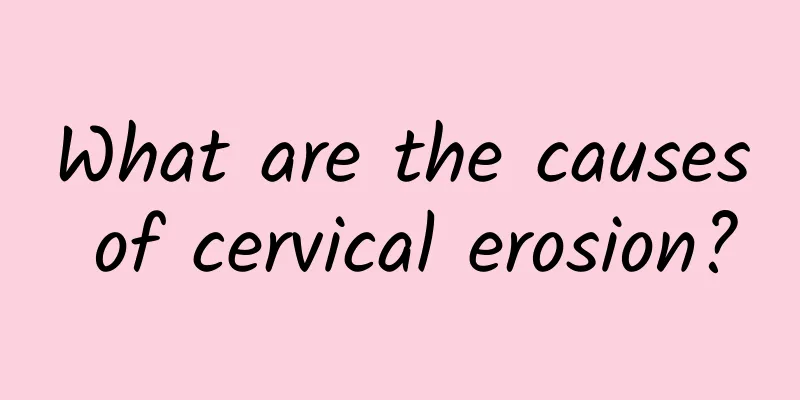How to care for patients with perimenopausal functional uterine bleeding

|
Perimenopause is the transition period from menopause to 1 year after menopause. During this period, estrogen levels fluctuate or decrease, the sensitivity of follicles to gonadal hormones has decreased, and corpus luteum function is insufficient. It manifests as irregular menstrual cycles, prolonged menstruation, excessive menstrual flow, or irregular vaginal bleeding, which can easily lead to pelvic bleeding. Patients generally find it difficult to get correct information and necessary guidance. Therefore, it is of vital importance for patients to understand the care of perimenopausal functional uterine bleeding . Family care work should be carried out from the following aspects: (1) Psychological care: Listen patiently to the patient's complaints, understand the patient's concerns, and try to explain to the patient the psychological and physiological changes during the menopausal transition period so that the patient can understand the occurrence and development of the disease and understand that through treatment and psychological adjustment, the patient can better get through this period without causing great impact on the body. (2) Health education: ① Explain the purpose of blood transfusion and the relationship between bleeding and anemia, let the patient understand the necessity of blood transfusion, and tell the patient that the blood has been tested for hepatitis , syphilis, AIDS, etc. as required to eliminate the patient's concerns. ②Try to explain the cause of the disease, the nature of the disease, the treatment method and the time required, so that the patient has a basic understanding of the disease and eliminates fear. During treatment, the medicine should be taken on time and in the right amount, and it should not be stopped or missed at will. ③ After curettage, the patient should rest in bed to ensure adequate nutrition. It is recommended to eat foods rich in iron. |
<<: What symptoms may occur during perimenopause?
>>: Diagnosis of cervical erosion
Recommend
What are the symptoms of cervical erosion in women? Women with cervical erosion should pay attention to these 3 symptoms
Is increased vaginal discharge the main symptom o...
Plastic surgery and waiting for repair? Time-saving and body shaping becomes a new trend
"Time reduction" is a concept that shor...
Symptoms of uterine fibroids: 4 self-examination methods to help you understand your body
For female friends, uterine fibroids are a relati...
Stars' drastic weight loss can be harmful to the body. Chitosan can help get rid of fat
Artists look glamorous on the screen, especially ...
What does uterine fibroid nodule mean? Is uterine nodule considered to be fibroid?
What does uterine fibroid nodule mean? Is uterine...
Hyperprolactinemia diagnostic process
The occurrence of hyperprolactinemia is closely r...
Good methods should be used to care for patients with cervical hypertrophy
The frequent occurrence of cervical hypertrophy w...
Vitality supply station starts with balanced diet management
Modern people's working habits, eating habits...
What are the harms of eating onions for uterine fibroids? Is it good to eat onions for uterine fibroids?
Uterine fibroids are one of the most common benig...
What causes cervical hypertrophy?
There are many reasons for cervical hypertrophy, ...
Helps with bowel movements and lose weight! Which sweet potato is the most effective to eat: red, yellow or purple?
Sweet potatoes, with their dense and soft texture...
Why can't you eat taro if you have uterine fibroids? Can you eat taro if you have uterine fibroids?
Why can't people with uterine fibroids eat ta...
What are the treatments for uterine fibroids? How to treat uterine fibroids with drugs
Uterine fibroids are common conscientious tumors ...
Indications and contraindications for abortion
Artificial abortion, also known as artificial abo...
How to treat female cervical erosion and polyps? Two most effective treatments for cervical erosion
Cervical erosion generally refers to cervical col...









